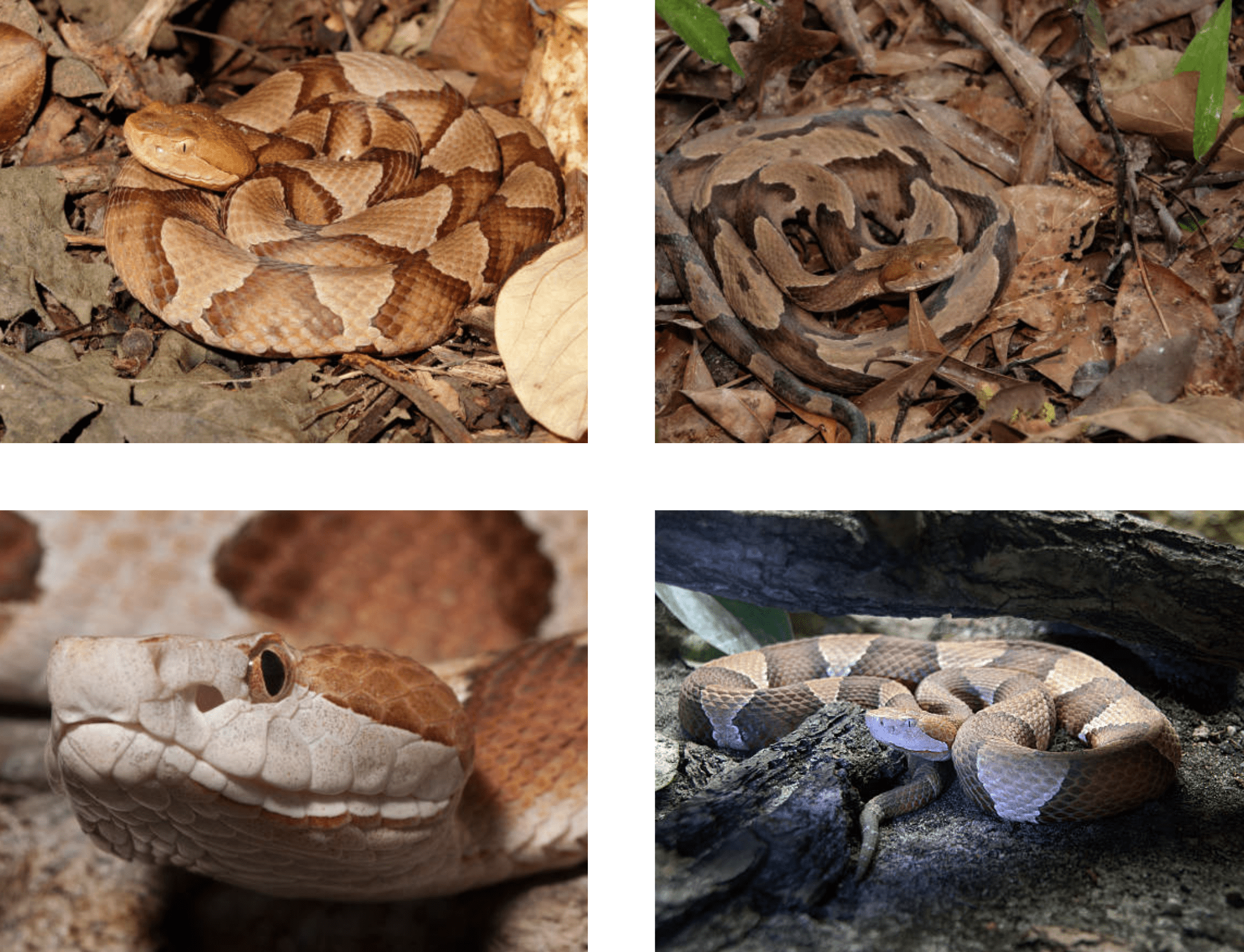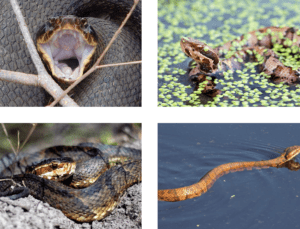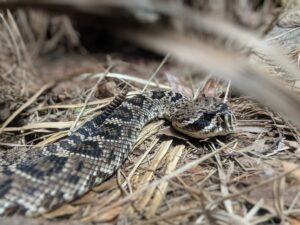Public affairs: Avoid springtime venomous snakes by Mattison Holland


[adning id=”33097″]
Imagine stepping outside into the thick green grass, and as you’re walking you notice something slither near your foot. Unexpectedly coming across a snake can be an alarming experience. When it comes to surprises like these, we can never be too prepared. We all need to be more aware in regards to our daily surroundings. Being conscious of our environment is crucial, especially during spring when certain species come out of hiding.
Snakes in East Texas come in many different colors and sizes. They also range in deadliness; some bites aren’t so worrisome, while others could result in a rush to the emergency room.
A few of the most common venomous snakes in East Texas are copperheads, coral snakes, rattlesnakes, and cottonmouths, also known as water moccasins. Three of these snakes, (copperheads, rattlesnakes, and cottonmouths) are considered vipers. The odds of running into one of these guys while you’re enjoying a hot sunny day outside isn’t so rare in our area. This is why it’s important to be prepared and to have a plan. You never know when you might have an unexpected run-in with one of these creatures.

If you were to wander near a lake or perhaps go swimming in a river, chances are you’ll spot a water moccasin. In the water, they are harder to see because of their dark body, but if you catch them swimming on top of the water you’ll be able to stay out of their way. Make sure to steer clear of them if you spot one. Disturbing any snake in its habitat can have negative effects.
Rattlesnakes, however, are easier to identify than others because of the unique rattle located on the tip of their tail. These kinds of snakes are found in more humid climates and are known for the dark-diamond pattern along their backs. Because we live in East Texas, we don’t have to worry about these specific snakes as much as others. However, if you were to run into a rattlesnake while you’re traveling chances are you’ll be warned to stay out of their way.
When rattlesnakes feel threatened they will rattle their tales up to 60 times per second. This lets people know they need to avoid the area in order to not fluster the snake. Take their defensive actions as a reason to stay away.

According to Texas Parks and Wildlife, during spring copperheads ¨can be found along streams and rivers, as well as in weed-covered vacant lots.¨ The copperhead snake is most active during the evening or late afternoon, as it’s getting darker outside. If you see a copperhead snake it’s usually a good idea to head back home where it’s safe. Do not be tempted to kill this snake yourself, they are not ones to mess with.
Another snake that becomes more active as the night creeps in is the coral snake. This snake is nocturnal and likes to burrow under rocks, leaves, sand, etc. The coral snake is known for its red, black, and yellow pattern and is one of the rarer snakes of East Texas, seeing as there are only one species located in our state. A way you can determine if the snake you come across is a poisonous coral snake is by using the saying ¨Red touch yellow, kill a fellow.¨. This saying might just come in handy when you least expect it.

If you ever encounter a coral snake make sure to look at the design on its back to determine whether you’re in danger or not. If you’re sure the snake could be a hazard to you, stay calm, do not approach it, and carry along with your activities far out of its way.
If you or a friend are ever out enjoying nature and happen to come across a venomous snake, do your best to get very far away from it. If bitten you need to first clearly identify the snake, so you can inform anyone at the emergency department what kind of snake you’ve been harmed by.
Keep as still as possible while using your device to call for help. It is important to slow down and avoid any excessive movements because the more movement, the faster the venom spreads. You can also lie down the victim, keeping the wound below the heart until you are able to treat the bite.
Knowing how to decipher a venomous snake from a non-venomous snake can be to your advantage this season. A few ways you can tell the difference is by the distinctive pattern. In an article for Texas A&M Agrilife Extension, it states, ¨There is no single characteristic shared by all venomous snakes in Texas. Instead, you should learn to identify the species that live in your area.¨

Being that there are two overall categories for the snakes located in texas, vipers, and coral snakes, there isn’t too much information to take in. One definite way you can tell if a snake is toxic or not is by the shape of its head. According to Allan’s Pet Center ¨When looking at a venomous snake, look for a big, broad head and elliptical pupils like a cat; most non-venomous snakes have round pupils.¨
You can also look at the behavior of the serpent. Most non-toxic snakes swim with only their head above water, but if venomous they’ll use their body too. If you know what to look for in a venomous snake chances are you’ll be successful when it comes to environmental snake safety this Texas season.
As leaves are finally beginning to relocate themselves onto the welcoming limbs of a nearby tree, other animals are doing the same. Snakes are one of the creatures we have to be on the lookout for this season. So, if you’re ever outside with a group of friends, make sure to study up on the snakes near you just in case one decides to make a surprise visit.
[adning id=”33097″]
By Mattison Holland













